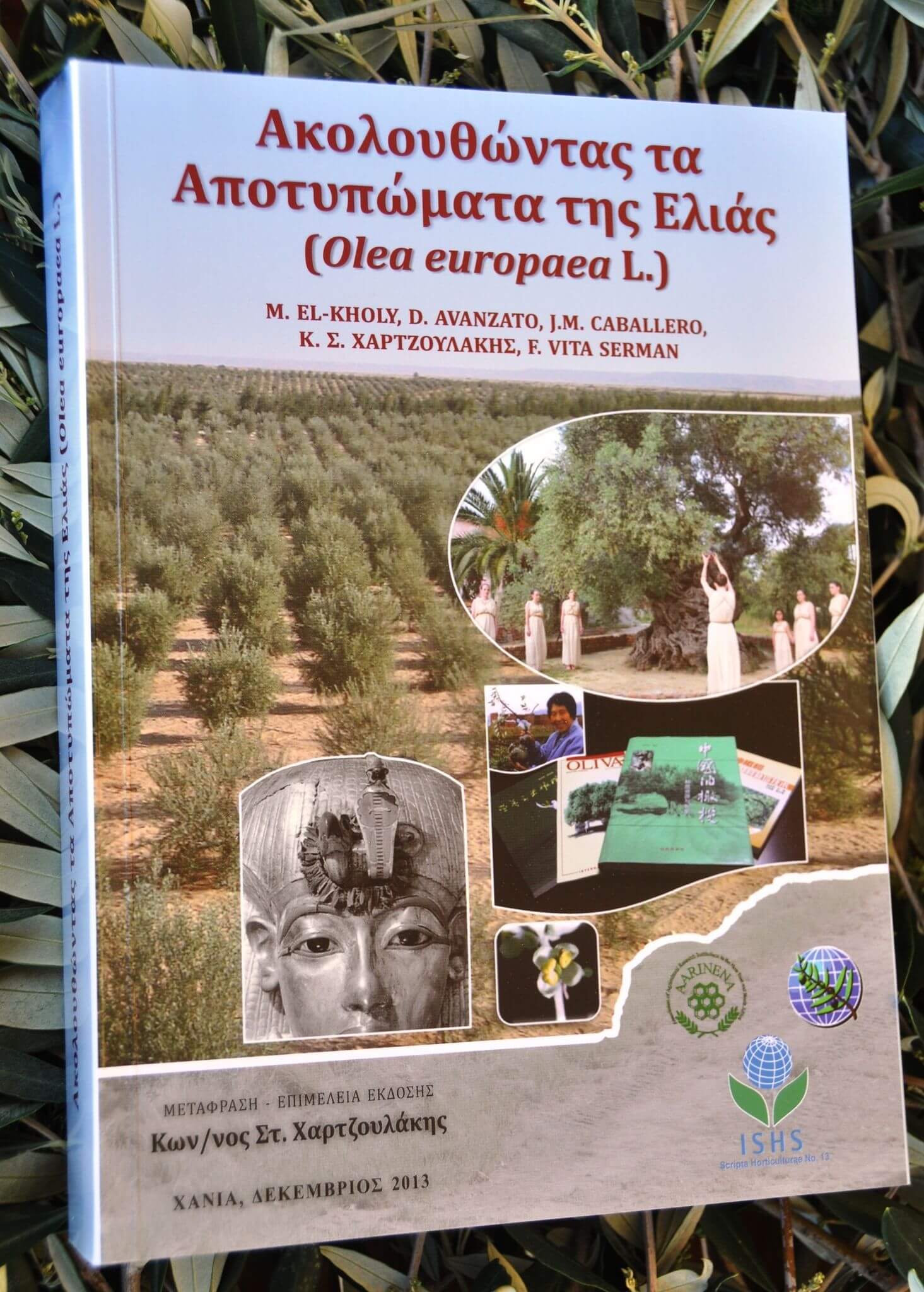Following the Imprints of the Olive Tree (Olea europaea L.) – Collective Work
€30,00
Size: 18Χ25
Pages: 489
ISBN: 960-935-7148
Version: Private
Distribution: PEK – City Compass
In stock
Description
The olive tree has deep roots not only in the territories of the Mediterranean basin but also in its cultures for thousands of years. It played a vital role in preserving the environment and in the diet, economy, habits, traditions and daily life of the people of the Mediterranean. In the recent past with the discovery of the ‘new countries’ the cultivation of the olive tree spread to the Americas and in the 20th century to Asia, Australia and South Africa, along with its cultural heritage.
The book is a 498-page treasure trove of the history of olives and olive oil in 41 countries in which 99 scientists from 5 continents collaborated. The English edition was edited by an international publishing team of M. El-Kholy (Egypt), D. Avanzato (Italy), J. Caballero (Spain), K. Hartzoulaki (Greece) and F. V. Serman (Argentina). The translation into Greek and the editing of the publication was done by Konstantinos Hartzoulakis, agronomist-researcher, former director of the Institute of Olive and Subtropical Plants of Chania.
In the book there is documented material with historical photographs (851) and its central theme is: “olive tree and the people”. The aim of the book is to keep alive the history, culture and traditions associated with the olive tree, before they are lost with time along with the older generations. In addition, to increase the awareness of the population about the beneficial properties of olive oil and olive products on human health.
It is a journey of discovery for the mind and soul, since it meets the needs of readers: scientists, producers, consumers and non-specialists by covering a multitude of topics for each country (history of the olive tree, varieties, effects on the economy and the environment, applied cultivation practices, processing methods, traditions and culture, gastronomy, folk medicine and cosmetic uses, tourism and uses of by-products).
Curated by: K. S. Hartzoulakis

 English
English  Ελληνικά
Ελληνικά 





